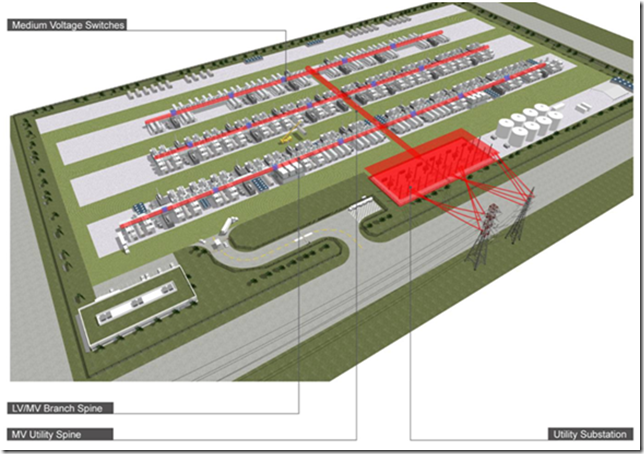Our helpdesk asked me to make a task sequence that can be used on computers with more than one partition. In this case, I had to make sure that the operating system will install only on first partition and will not touch the data on other partitions.
To achieve this, I copied another TS and modified the following 2 steps:
- removed any “Format and Partition Disk” step
- in the “Apply Operating System Image” step, under “Select the location where you want to apply this operating system” made the following modifications:
- Destination: Specific disk and partition
- Disk: 0 (if all computers are installed on first hard disk)
- Partition: 1 (if all computers have OS installed on first partition)

This way, when TS runs, it automatically wipes partition 1 from disk 0 and will not touch any other partition or disk.

=============================================================================================
Detailed steps are below…for dummies
Format and Partition Disk:
In SCCM console navigate to Computer Management, Operating System Deployment, Task Sequences. Suppose you already created or imported a new Microsoft Deployment Task Sequence. If not, do it now.
-
Select the desired Task Sequence and click Edit in the Actions pane
-
In the <Name> Task Sequence Editor window, in the left pane select Format and Partition Disk

- Click the yellow star to add a new partition
- In the Partition name type the name of your system partition, this will be you disk C:
- Under Partition options, select the Partition type as Primary
- Choose how you want to set partition size, use a percentage of all hard disk drive or a fixed value. I use 50% of the HDD size, because not every time I know what HDD size new laptops/PCs will have but for sure it will be more than 80GB
- Check the box to make this partition bootable
- Under Formatting options, choose the file system you want and check the Quick format checkbox (optional) to save time during installation
- Under Advanced options write a Variable name
- Click OK when you’re done making your changes

Now you’ll see this volume in the task sequence editor.

To add another partition click the yellow star again and fill in the following details:
-
In the Partition name type the name of your partition, this will be you disk D:
-
Under Partition options, select the Partition type as Primary
-
To use all the remaining disk space, select “Use a percentage of remaining free space” and set the Size(%) to 100
-
Under Formatting options, choose the file system you want and check the Quick format checkbox (optional)
-
Under Advanced options write a Variable name
-
Click OK when you’re done making your changes

Now you’ll see both volumes in your task sequence editor window. Next time you will deploy an operating system, the hard disk will format and create 2 partitions (C: and D:) and your computer will boot from the first partition (C:).

How does SCCM know that it needs to apply the OS image on the first partition and not the second? Well, it doesn’t, we will set this up in the “Apply Operating System Image” task.
Apply Operating System Image:
In SCCM console navigate to Computer Management, Operating System Deployment, Task Sequences.
-
Select the desired Task Sequence and click Edit in the Actions pane
-
In the <Name> Task Sequence Editor window, in the left pane select Apply Operating System Image
-
If you are installing the OS using the source media, then choose “Apply operating system from an original installation source” option using Browse choose one of the installation packages you have created when making the task sequence
-
If you have captured and OS image previously as a .wim file, you can select “Apply operating system from a captured image” option and select the image you want
Check to use a sysprep answer file and select the package using the Browse button
- To apply the image on a specific partition, under Destination select “Specific disk and partition”. Under Disk select 0 (zero) and under Partition select 1 (first partition). This is the option I use every time
- To apply the image on the C: partition, under Destination select “Specific logical drive letter”. Under Disk letter select C:

This is it about these two tasks. Of course these tasks can be further customized using the Option tab of each task.









 Chicago
Chicago













